What kind of soil does garlic like when planting in the fall?
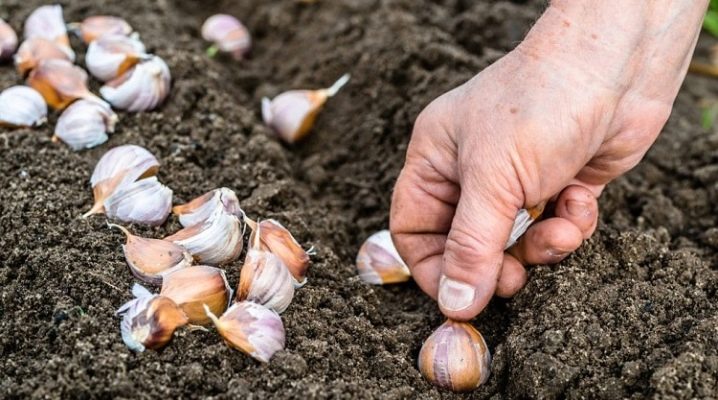
Planting garlic in autumn is different from spring planting. Not knowing all the subtleties, you can lose a good harvest. In the article we will tell you about the rules for planting a garlic culture before winter. You will learn how to prepare the beds, what kind of soil winter garlic prefers, and how to improve its composition - all this will allow you to grow large heads with excellent taste.
Primary requirements
Garlic does not like soil that retains moisture, so do not choose lowlands for garlic plantations - the lower part will rot and there is a high risk of being left without a crop. Choose a small hill for planting in the fall, but not a very open space so that the culture does not freeze. Before winter, it is better to arrange the beds from north to south. It is desirable that the sunny side is not obstructed by either vegetation or buildings - garlic loves a lot of light.
Based on this, do not choose a shaded area, it is important that the first spring rays warm the crops well. It is not recommended to plant garlic in the same area for several years in a row. For this culture, it is better to select fresher soil every time, while the acidity indicator is an important point. Garlic is not a fan of oxidized soil.
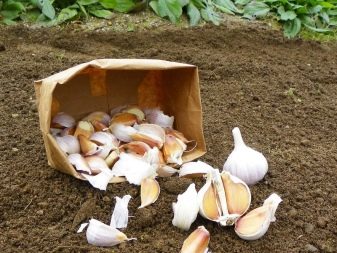
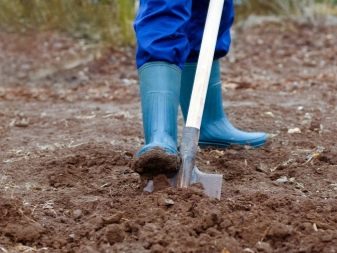
Compliance with the rules of crop rotation will help save on the cost of preparing the soil for garlic crops. The best precursors for garlic are the following vegetables:
- beans;
- cabbage;
- pumpkin;
- zucchini;
- cucumbers.
Garlic will grow well after various bush-shaped flowers and after strawberries. This berry culture leaves behind good soil, so if you decide to transplant it, be sure to plant garlic in its place. After the rest of the predecessors, the soil must be given time to rest, therefore it is recommended to harvest the entire crop by August, the garlic itself is planted not earlier than the end of October - the beginning of November. It is imperative to fulfill this requirement - it is so necessary that the teeth do not germinate ahead of time in the fall. If the coin is still warm to this, shift the planting dates yourself. When a cold snap comes, start forming beds, and planting a culture.
In each region, autumn, like other seasons, comes in different ways - proceed from the characteristics of the area where you live. Do not plant garlic after potato and tomato plantations, onion beds. There is a great risk for garlic to get sick from these vegetables with general diseases, the situation can be so aggravated that even special preparations will not help then restore the plants and save the harvest. Garlic will not bear fruit after carrots, eggplants, and beet varieties. Mustard enriches the land perfectly, and if the rest of the predecessors need to be removed by August, then you can start harvesting this green manure later, before the most preparatory measures for planting a garlic culture.
Mustard stabilizes the pH level in the earth.
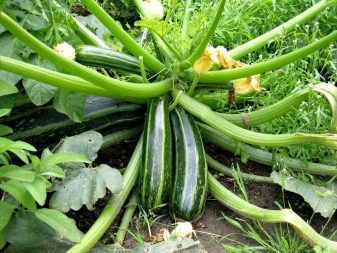
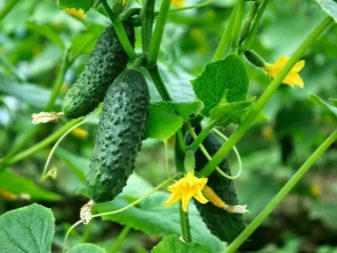
Determination of acidity
Garlic prefers unoxidized soil composition before winter. To identify this indicator, you need to water the soil with a small amount of vinegar. If the substrate hiss, then everything is fine - there is a little acidity in it, and if there is no reaction to vinegar, then the oxidation of the soil is off scale. Also, pay attention to this fact: if there is a large amount of weed on the site, this indicates a strong acidity of the soil. In this case, it is deoxidized with the following compositions:
- fly ash;
- chalk;
- lime tuff;
- nitrate (calcium);
- fluff;
- dolomite.
If you do not perform anti-acid measures, winter garlic will not feel comfortable on such a site. The fact is that this culture does not have such a developed root system, it constantly needs nutrients. So that the fertilizing is absorbed better, and the soil is deoxidized. So, dolomite flour perfectly copes with this task and helps the plant to better absorb organic and mineral fertilizers. It is better to apply dolomite in the summer period at 0.5 kg per 1 square meter.
Deoxidizing the soil in this way is the most affordable and effective, dolomite is not a problem to buy in garden boutiques. No dolomite on hand, use regular ash. Both the one and the other composition does not harm the formation of fruits. The indicator for the acidity of the soil must be checked before each planting of garlic. Large-scale deoxidation is carried out every 5-7 years by introducing one of the alkaline elements. Sometimes the situation is corrected by crop rotation.
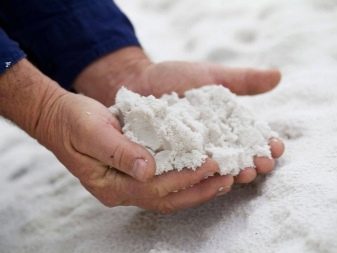
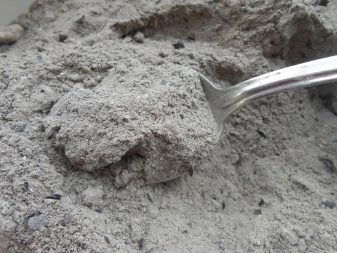
Preparation
Garlic prefers loose soil. On loamy structures, it will be difficult to grow. To improve such a composition, prepare peat and sand in advance. To process 10 square meters, you will need 10 buckets of one and the other component. It is advisable to prepare beds for winter garlic in advance. Experienced summer residents begin work in August: they plow, apply fertilizers to the ground, and carry out disinfecting measures. It is better to let the soil rest for 1 year on the site of future garlic plantations.
If it is not possible to leave the site for recovery for a long period, be sure to decontaminate the soil in order to rid the soil of putrefactive bacteria formed during the growth of other crops in this place.
This is an important event, since garlic is a rather sensitive crop, and given that root crops are eaten, the importance of such preparation becomes even more relevant.
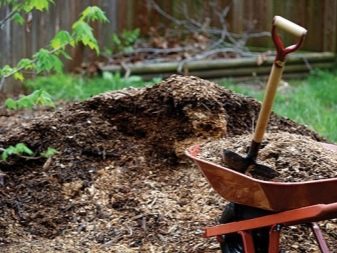
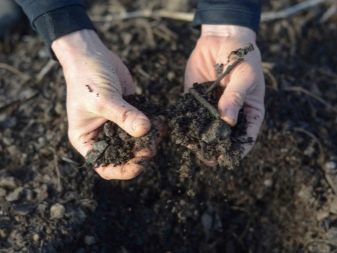
Disinfection
Disinfection of the soil is carried out as follows.
- A solution of copper sulfate is made by stirring 1 tablespoon of the composition in 10 liters of water.
- The area for winter garlic is treated at the rate of 1 liter of solution per 1 square meter.
- After the ground has dried out a little, the beds are covered with polyethylene or dense spunbond, and left under cover until planting.
Disinfection of the soil before planting winter garlic can be done with biological preparations. However, the process of death of harmful microorganisms from them is delayed - this must be taken into account and preparatory work should be started in advance.
In some cases, chemical preparations are indispensable, especially when it comes to severe lesions of the precursor of garlic. In addition to copper sulfate, other means will help.
- Fitosporin - 5 g of powder is dissolved in 10 liters of water, and the resulting solution is abundantly watered through a watering can area for garlic. This treatment is carried out 3 weeks before planting the cloves.
- "Agat-25K" - 3 tablespoons of the paste are dissolved in 10 liters and treated with 10 square meters.
- "Baikal EM-1" - 10 tablespoons are dissolved in a bucket of water and watered on an area of 10 square meters.
It is advisable to start soil preparation 45 days before planting the garlic. The soil should settle and stabilize after cultivation so that the cloves do not go too deep during the growing season. The fertilization process is important.


Fertilizer
In the fall, potash and phosphorus compounds are primarily introduced to the site of future garlic plantations. This is done in advance when preparing the site and 14 days immediately before planting. Nitrogen is also needed, but it is impractical to bring it in in the fall, because after winter it will be washed away by melt water. It is brought in after the first feathers hatch in the spring. Once the frost has passed, it is good to add ammonium nitrate to stimulate the root system and plant growth.The taste of garlic and the formation of heads depend on mineral dressings - if you want large cloves, pay due attention to fertilization with mineral compounds, and do it right. Organics are also needed by the culture, it makes the soil exactly the kind on which garlic is comfortable to grow. But do not add fresh manure: it makes the structure of the cloves loose and tasteless, the heads themselves do not grow under such an influence and give a small yield at the exit. The manure must be overheated - for feeding garlic, one that has been lying for more than 4 years is suitable. The over-matured composition is mixed with humus and applied to the site.
It is even better to carry out such a procedure at this place for the precursors of garlic, and pour the garlic plantings with an infusion of manure prepared in a ratio of 6 to 1. When it is possible to leave the land for winter garlic for a year for "rest", the fertilization procedure is simplified - in this case, it is enough to fertilize each square meter with 3 kg of humus, add 200 g of lime or dolomite and 1 tablespoon of nitrogen and potassium. The clay composition of the soil is improved by adding sand, and the sandy composition, in turn, by peat. The very poor soil is enriched with organic fertilizers with the addition of potassium salt and superphosphates. For 1 square meter - 7 kg of organic matter and 15 g of the designated minerals. During the preparatory measures, the fertilizer must be dug up - the bayonet of the shovel should reach a depth of about 20 cm. And be sure to let the soil settle.
Properly prepared soil for winter garlic is a guarantee of not only a good harvest, but also the creation in the future of the basis for planting other crops.
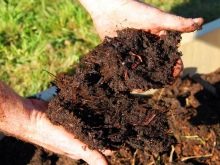
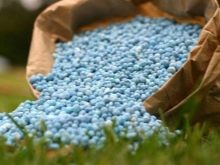
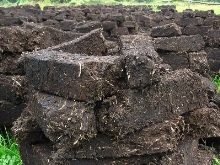













The comment was sent successfully.